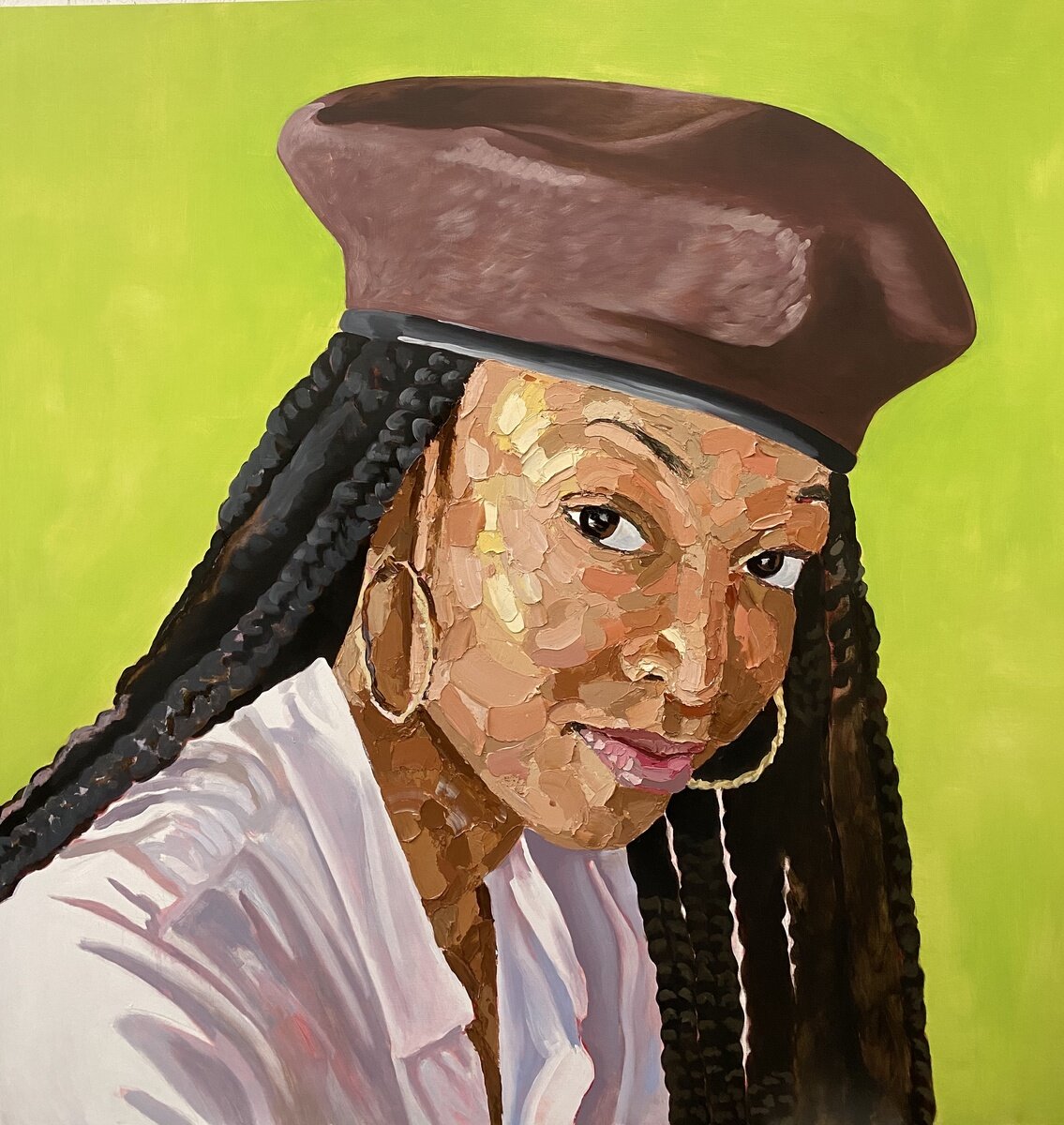Guadalupe Maravilla
“Seven Ancestral Stomachs”
New York, 392 Broadway
Maravilla was part of the first wave of unaccompanied, undocumented children to arrive at the United States border in the 1980s as a result of the Salvadoran Civil War. While Maravilla emigrated at the age of eight, he became a U.S. citizen at the age of 26. Yet it was not until his recovery from colon cancer in 2013 that he felt the urgency to speak out about the struggles so many undocumented immigrants and their families face. By tracing his migration history and healing journey, Maravilla explores how the trauma undocumented immigrants experience physically manifests in the body. Reflecting upon his own battle with cancer, which began in his gut, as well as that of members of his family, Maravilla examines how genetic trauma manifests in the body over generations. Throughout the many teachings Maravilla experienced in his healing process, one notion kept returning – if one cleanses properly, they will heal seven generations back and seven generations forward.
Discovering sound therapy during his cancer radiation treatment, Maravilla has since developed a series of vertical, large-scale, free-standing sculptures, titled Disease Throwers. Functioning as headdresses, instruments, and shrines, the towering sculptures serve as symbols of renewal, generating vibrational sound from gongs. Described by Maravilla as “healing machines”, the structures incorporate materials collected from sites across Central America, such as anatomical models, toys, sacred objects, and sonic instruments including conch shells and flutes.
Disease Thrower #7, 2019 mixed media sculpture 180 x 96 x 63 inches Installation view: ICA Miami, Portals, June 27 – Nov 24, 2019
In addition to Disease Throwers, Maravilla will unveil a new series of wall sculptures. The exhibition’s eponymous seven twisting gourds with extending talons embody the seven stomachs of the artist’s ancestors. Surrounding the walls of the Seven Ancestral Stomachs is Maravilla’s reinterpretation of the popular Salvadorian children’s game, Tripa Chuca or “Dirty Guts,” in which two players take turns drawing lines that never intersect. Over the course of Maravilla’s more than two-month journey to the U.S., Tripa Chuca became a survival tool. For Seven Ancestral Stomachs, Maravilla has invited an undocumented person to collaborate with him on the Tripa Chuca mural in order to create a mapping between two displaced people on the walls of the gallery.
Furthering this investigation of various curative approaches, Maravilla will also present a series of retablos chronicling his healing journey. Originating in Medieval Spain, retablos are small devotional paintings, traditionally used in Mexican and Central American cultures to honor and celebrate the miracles of everyday life. Sending detailed digital sketches to a four-generation retablo painter he met in Mexico while retracing his migration route, Maravilla’s personalization of these votive offerings exemplifies his dedication to supporting a micro-economy through his artistic practice. Rather than making these paintings himself, Maravilla’s choice to collaborate expands the cross-cultural exchange of his practice and helps preserve the tradition of retablo painting in Mexico.







